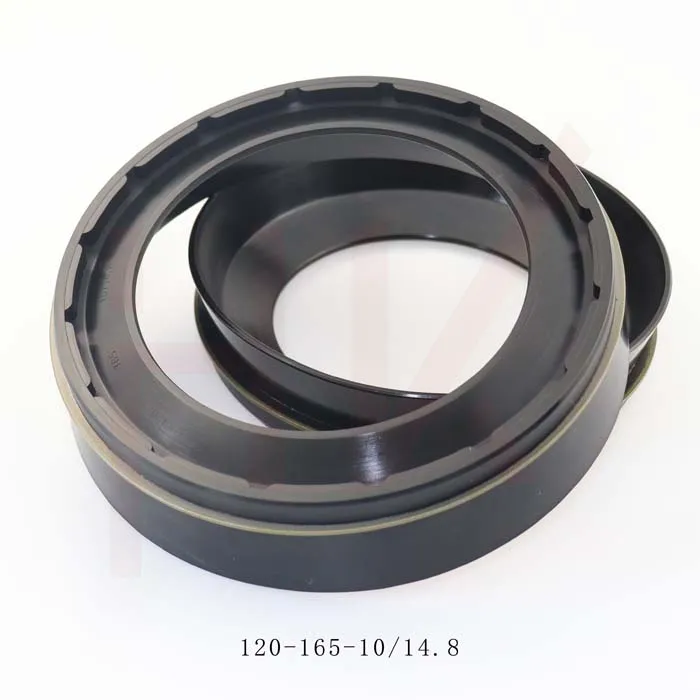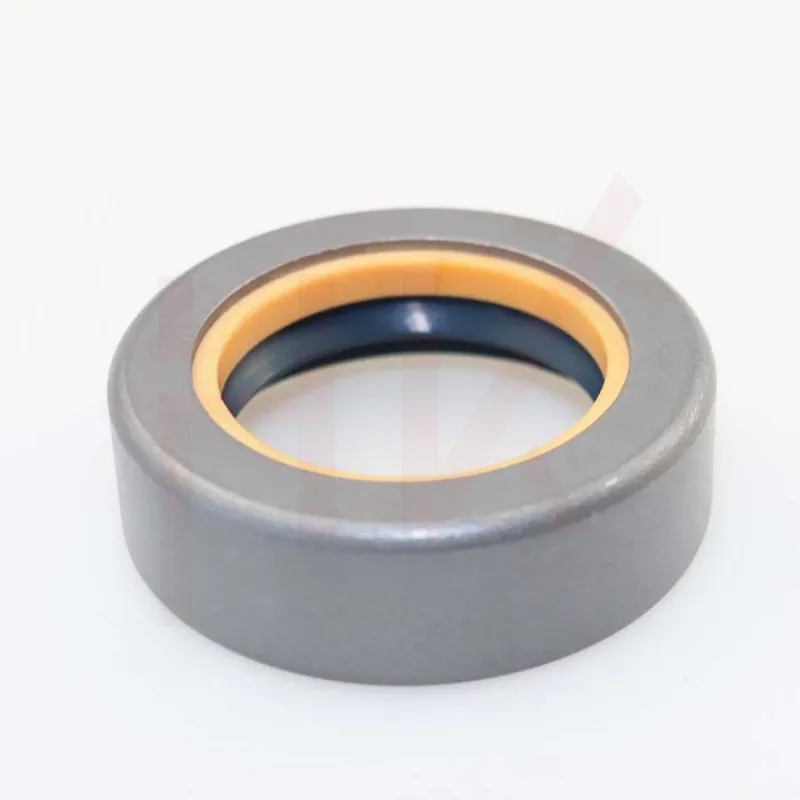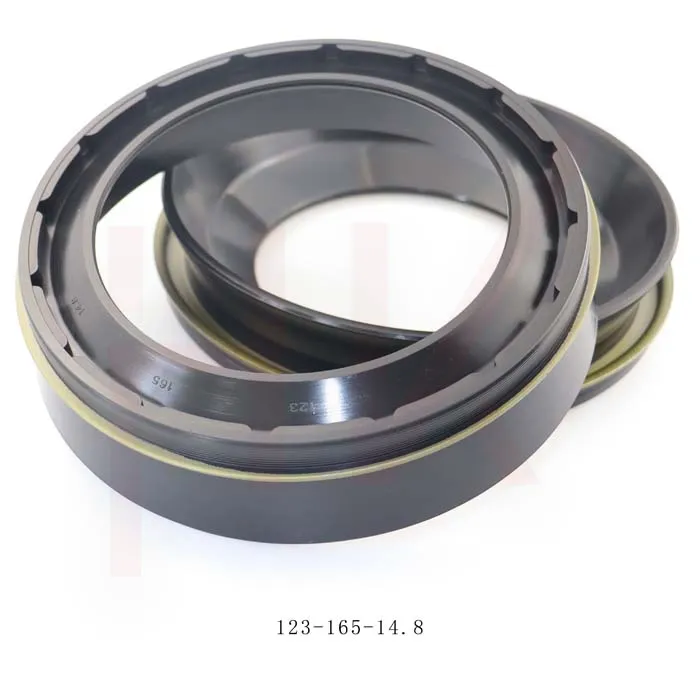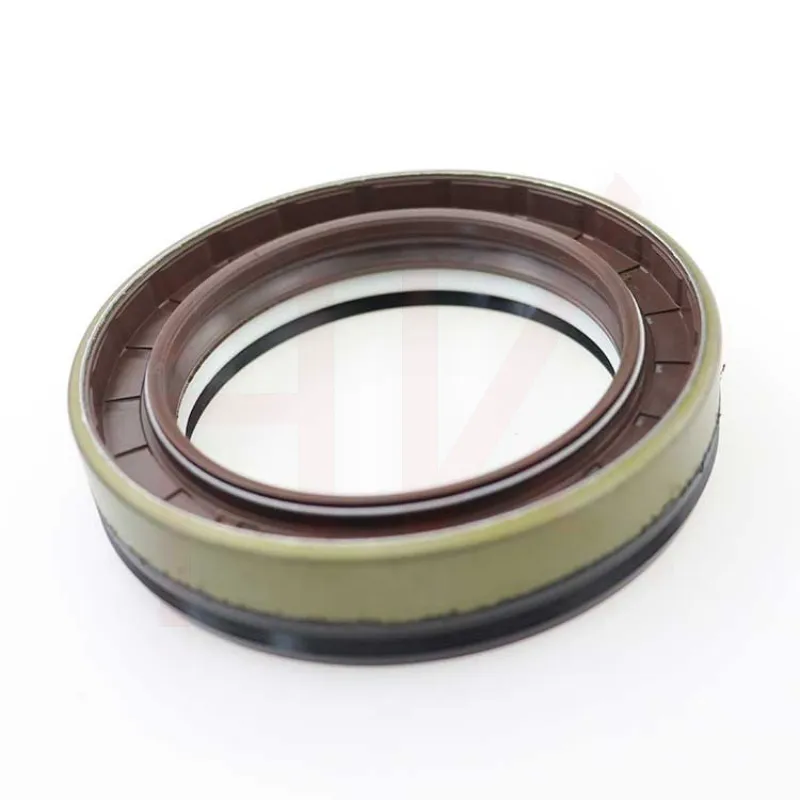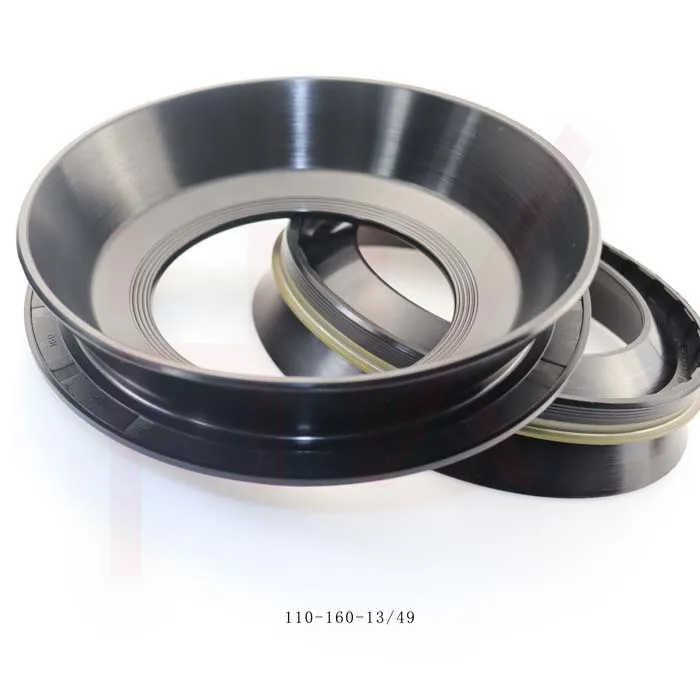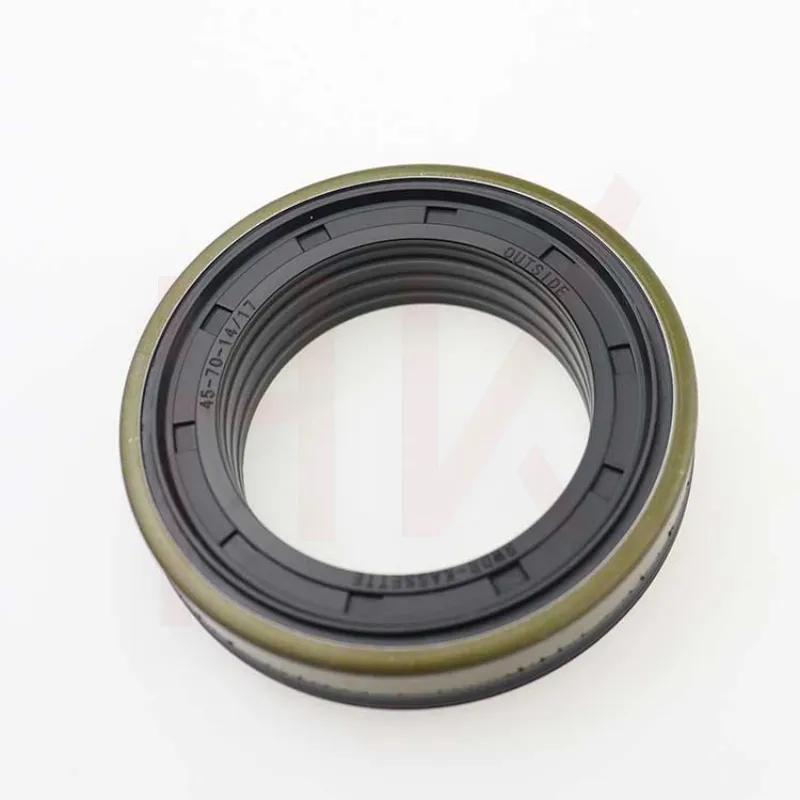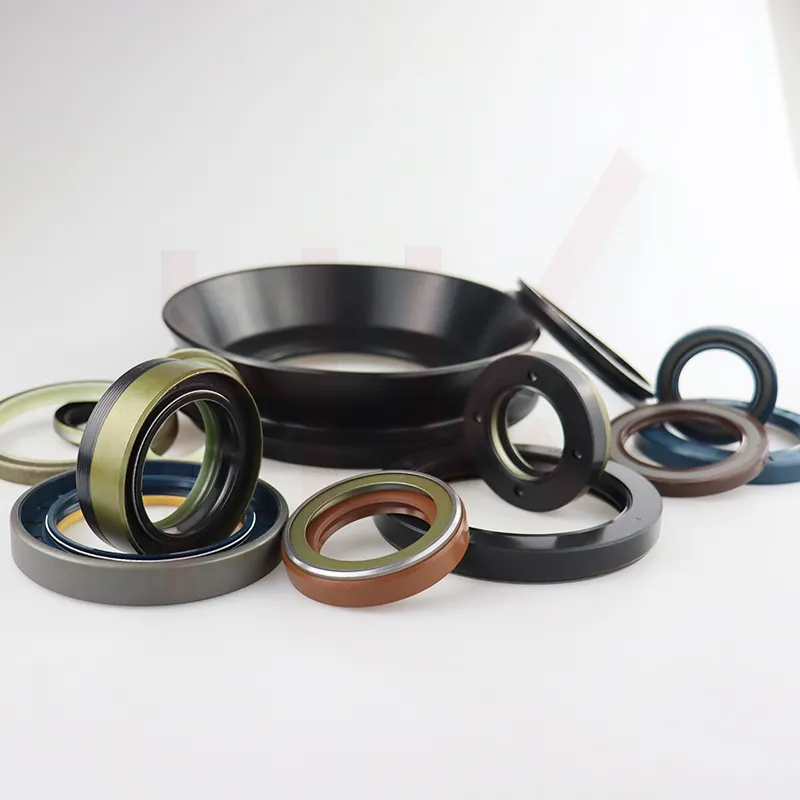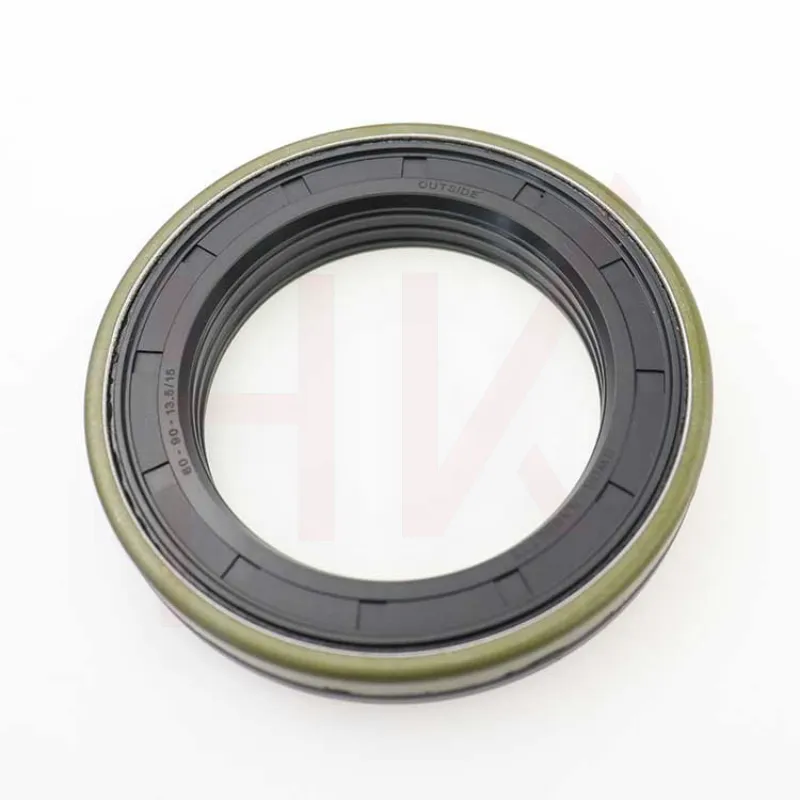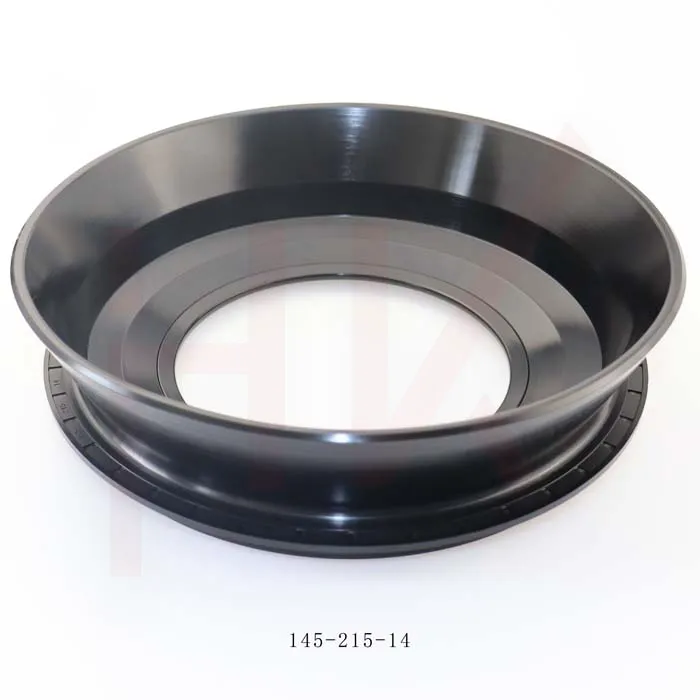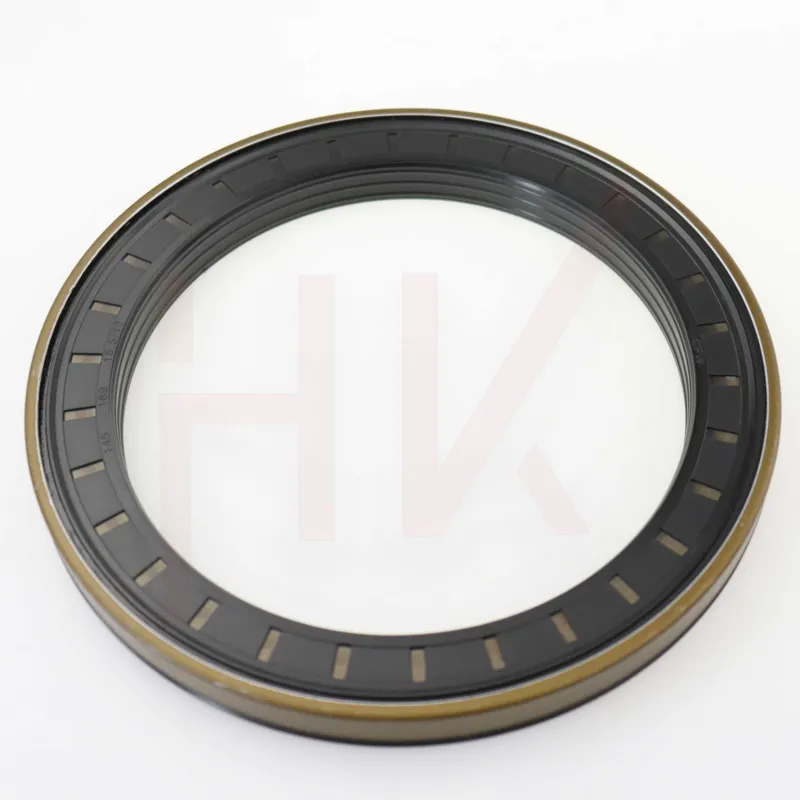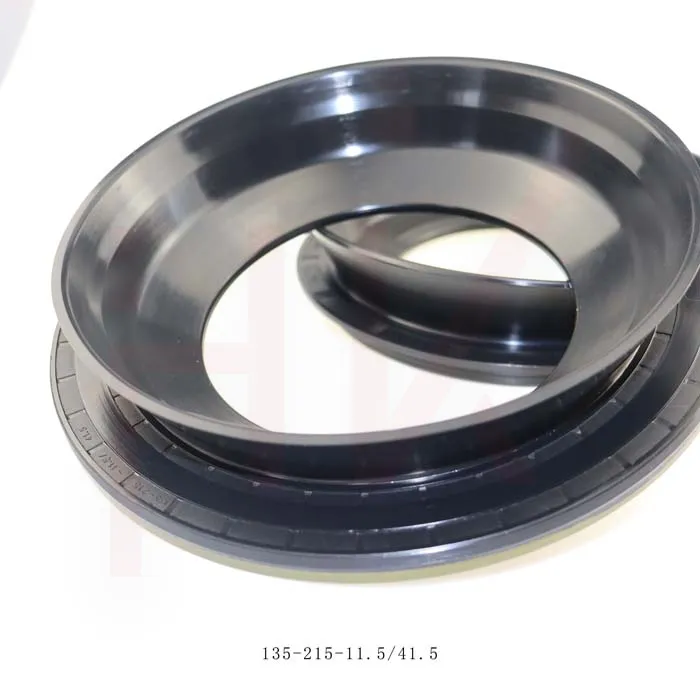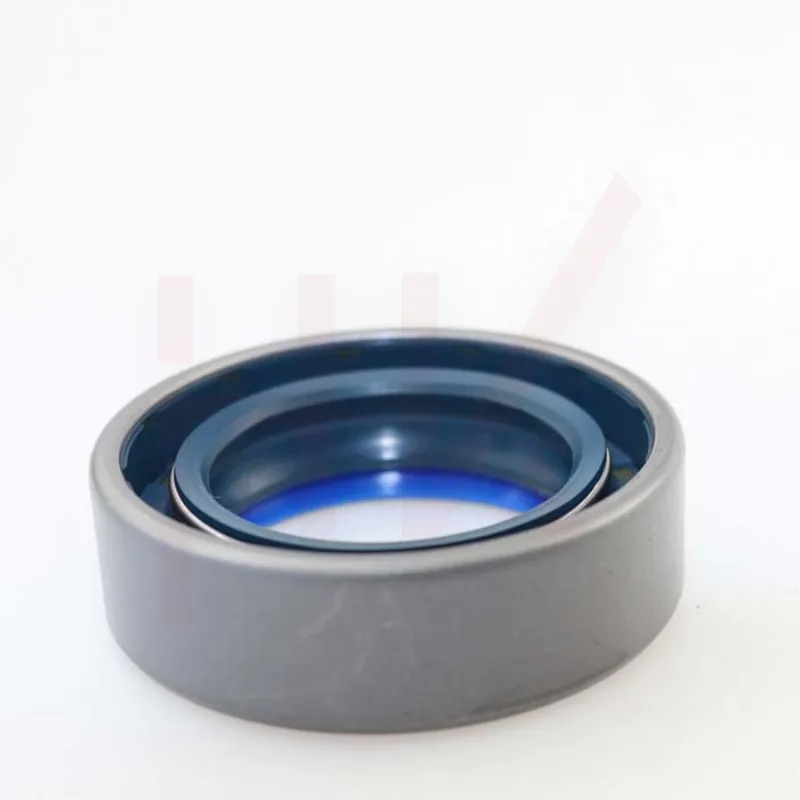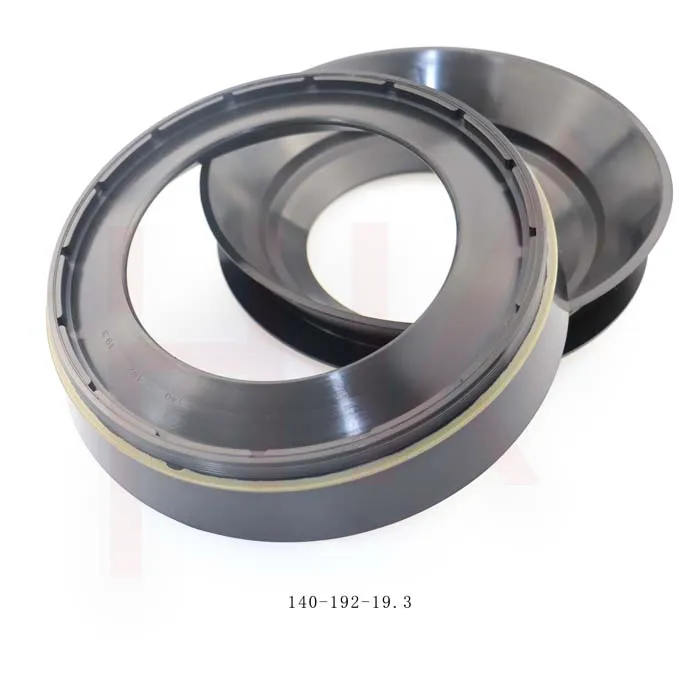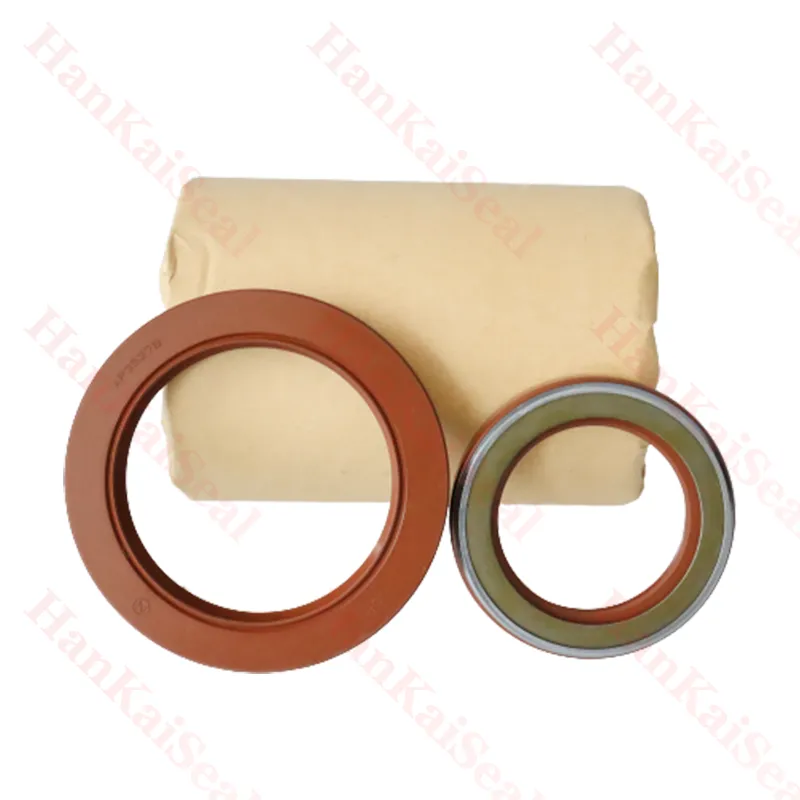10 月 . 16, 2024 00:32 Back to list
Front Hub Oil Seal Replacement and Maintenance Guide for Optimal Performance
Understanding Front Hub Oil Seals Importance and Maintenance
In the world of automotive engineering, the functionality and durability of vehicles are largely dependent on various components working seamlessly together. One such crucial component is the front hub oil seal. Often overlooked, this small yet significant part plays a pivotal role in ensuring the efficiency and longevity of a vehicle's performance. In this article, we will explore the purpose, design, installation, and maintenance of front hub oil seals to highlight their importance in automotive engineering.
What is a Front Hub Oil Seal?
A front hub oil seal is a rubber or synthetic seal located at the point where the axle enters the hub assembly. Its primary function is to prevent the leakage of lubricant from the hub assembly while also keeping dirt, dust, and moisture from entering the hub. By maintaining a proper oil level, the seal ensures that the bearings within the hub remain lubricated and function optimally.
Importance of Front Hub Oil Seals
1. Leak Prevention The most critical function of front hub oil seals is to prevent lubricant from leaking out. If the lubricant escapes, it can lead to increased friction and wear of the bearings, eventually resulting in bearing failure.
2. Contamination Protection By forming a barrier, oil seals protect the internal components of the hub from contaminants such as dirt, dust, and water. Keeping these impurities at bay is essential for the longevity of the hub assembly.
3. Heat Management The oil within the hub assembly helps to dissipate heat generated during operation. If the oil seal fails, it could lead to overheating, which can adversely affect not just the bearings but also other components of the hub.
4. Noise Reduction Properly functioning oil seals also contribute to a quieter operation of the vehicle. A failing seal may allow noise from the bearings to travel, resulting in an audible warning of problems.
Design and Materials
Front hub oil seals are typically made from high-quality elastomers designed to withstand high temperatures, pressure, and various environmental conditions. The design includes a sealing lip that presses against the rotating shaft, creating a tight fit that prevents leaks. They are engineered to maintain flexibility and resilience over time, ensuring that they do not become brittle or prone to cracking.
Some advanced oil seals might also incorporate additional features such as dust shields or springs to enhance their performance. These features can help ensure that the seal maintains constant contact with the shaft, ultimately improving its longevity.
front hub oil seal

Installation of Front Hub Oil Seals
Installing a front hub oil seal requires precision and care
. Here are some general steps involved in the installation process1. Preparation Begin by ensuring that the work area is clean. Gather all necessary tools and a new oil seal.
2. Removal of Old Seal Carefully remove the old seal using a seal puller or a similar tool, avoiding damage to the hub assembly.
3. Inspection Before installing the new seal, inspect the hub and axle for any damage or wear. Clean the surfaces to ensure a good fit.
4. Installation Gently press the new oil seal into place using a seal installer tool or a similar device. Ensure it is seated evenly to prevent leaks.
5. Reassembly Once the oil seal is in place, reassemble other components of the hub, following the manufacturer's specifications.
Maintenance Tips
Regular maintenance of front hub oil seals can lead to improved vehicle performance and safety. Here are some maintenance tips to consider
- Regular Inspections Check the condition of the oil seals during routine maintenance checks. Look for signs of wear, cracks, or leaks. - Lubrication Ensure that the hub bearings are properly lubricated. Insufficient lubrication can lead to increased friction and seal failure. - Avoid Contaminants Keep the area around the hub clean to avoid the ingress of dirt and debris that can compromise the integrity of the seal.
In conclusion, front hub oil seals are integral to maintaining the performance and longevity of a vehicle’s hub assembly. By understanding their function, design, and maintenance, vehicle owners can take essential steps to ensure their cars operate efficiently and reliably. Recognizing the importance of these small components might save you from significant repairs down the line, making them worthy of attention in the automotive world.
-
The Power of Advanced Sealing: High-Pressure Solutions for Modern Machinery
NewsOct.29,2024
-
Optimizing Machinery with High-Performance Oil Seals
NewsOct.29,2024
-
Maximizing Machinery Efficiency with Advanced Oil Seals
NewsOct.29,2024
-
Ensuring Equipment Longevity with Quality Oil Seals
NewsOct.29,2024
-
Enhance Equipment Performance with Quality Oil Seals
NewsOct.29,2024
-
Custom Oil Seals for Specialized Machinery Needs
NewsOct.29,2024
-
The Role of Wiper Seals in Dust Sealing and Oil Protection
NewsOct.20,2024
Products categories

